When done properly, camping is a fabulous way to spend your free time - immersing yourself in nature with a back-to-basics approach does wonders for the body and soul. Camping done wrong, however, is hell on earth and one bad experience can put people off for life. Packing the right gear can make or break your trip, so it's essential you know exactly what to take camping to make your outdoor experience as peaceful and comfortable as possible.
Here at LFTO we want to make sure everyone enjoys their time outside, and has the right kit to do so. So, if you're new to camping, or haven't been for a while, here's our handy expert-written guide for what to bring, plus a bullet-pointed packing list at the end so you can check things off as you go.
Planning ahead
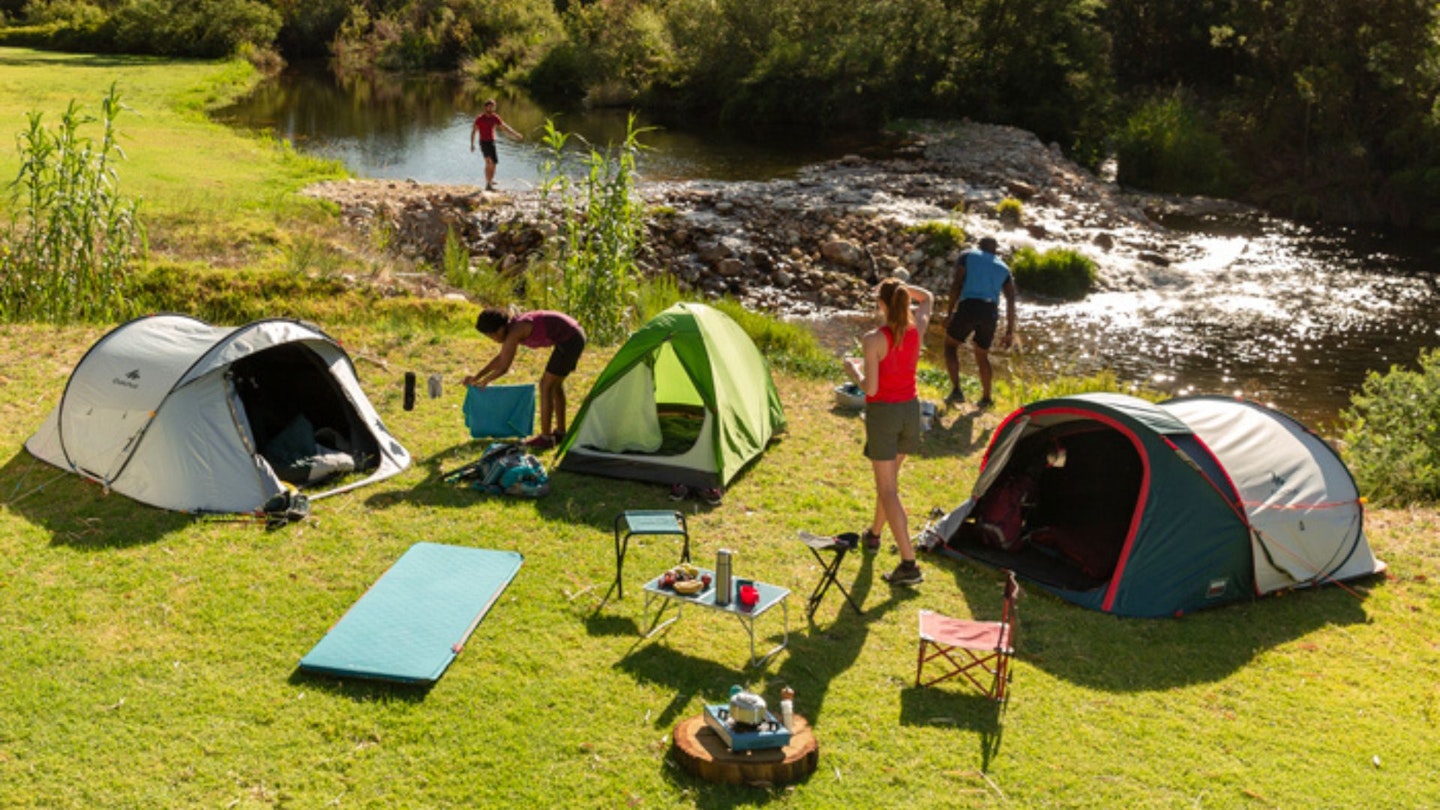
Firstly, you'll want to know where you're going, how long you'll be there for and what sort of facilities will already be there. This will save you packing the kitchen sink, or too many clothes. If you're only going away for one night, you can afford to pack light and simply shower when you get home at the end. Your choice of bag, and how far you've got to walk from the car, will also influence what you take with.
An essential consideration is whether you'll be cooking at camp, or eating at the local pub instead. Any camping meal should be planned ahead, even if it's only pasta and sauce, as food takes up a lot of space and weight in your pack.
There's nothing worse than being caught out by a lack of equipment (usually a lighter, or the all-essential gas canister!) so do plan out each meal and the ingredients you'll need. The last thing you want to check is the weather. If you're in the UK, chances are it'll be raining at some point, so packing the right waterproofs, and any other thick, insulating layers, is an absolute must.
Tent and shelter essentials

Your tent will be your home away from home during your camping trip, so it’s important to have a reliable one. If you're not an experienced camper, it’s a good idea to choose a smaller tent that’s easy to set up, rather than a palatial mass of bedrooms and crossed poles. A good rule of thumb is to get a tent that’s slightly larger than the number of people who will be sleeping in it.
For example, if two people are camping, a three-person tent will give you the extra room you need for gear. Make sure to practice setting up your tent at home before your trip so you can do it quickly and efficiently at the campsite – especially if you've got rain forecast.

In addition to the tent, you’ll need a few other items to complete your shelter setup for maximum cosiness. A groundsheet is essential to place under your tent to prevent moisture from seeping through the floor, and a picnic blanket goes a long way in making the tent floor an altogether more comfortable place to hang out.
Both of these items also help to protect the bottom of your tent from wear and tear. It’s also wise to carry a tent repair kit just in case there’s a tear or a pole breaks. Finally, pack some comfortable camping chairs or a blanket to relax around the campfire in the evenings, plus some fairy lights for twinkly vibes.
Sleeping gear
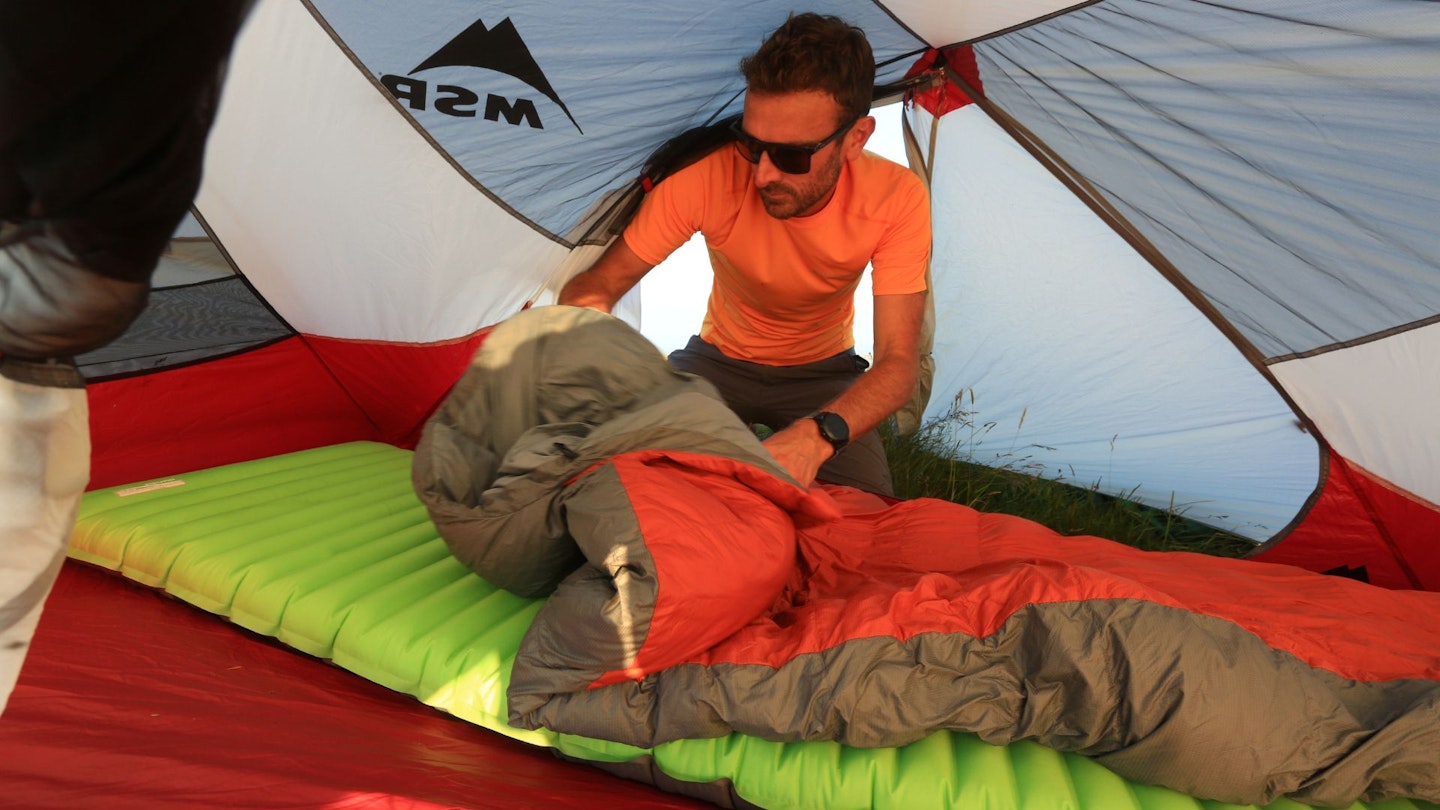
A good night's sleep is essential to enjoy your camping trip, so make sure you pack the right sleeping gear. First, choose a sleeping bag that’s suited for the expected weather conditions at your campsite. Sleeping bags are rated by temperature, so if you’re camping in a colder area or in any season except high summer in the UK make sure yours is rated down to around 5 degrees Celsius at a minimum.
If you're unsure, it's better to bring a warmer bag than risk being cold at night. If you're not carrying stuff far, it never hurts to have an extra blanket or two on hand.
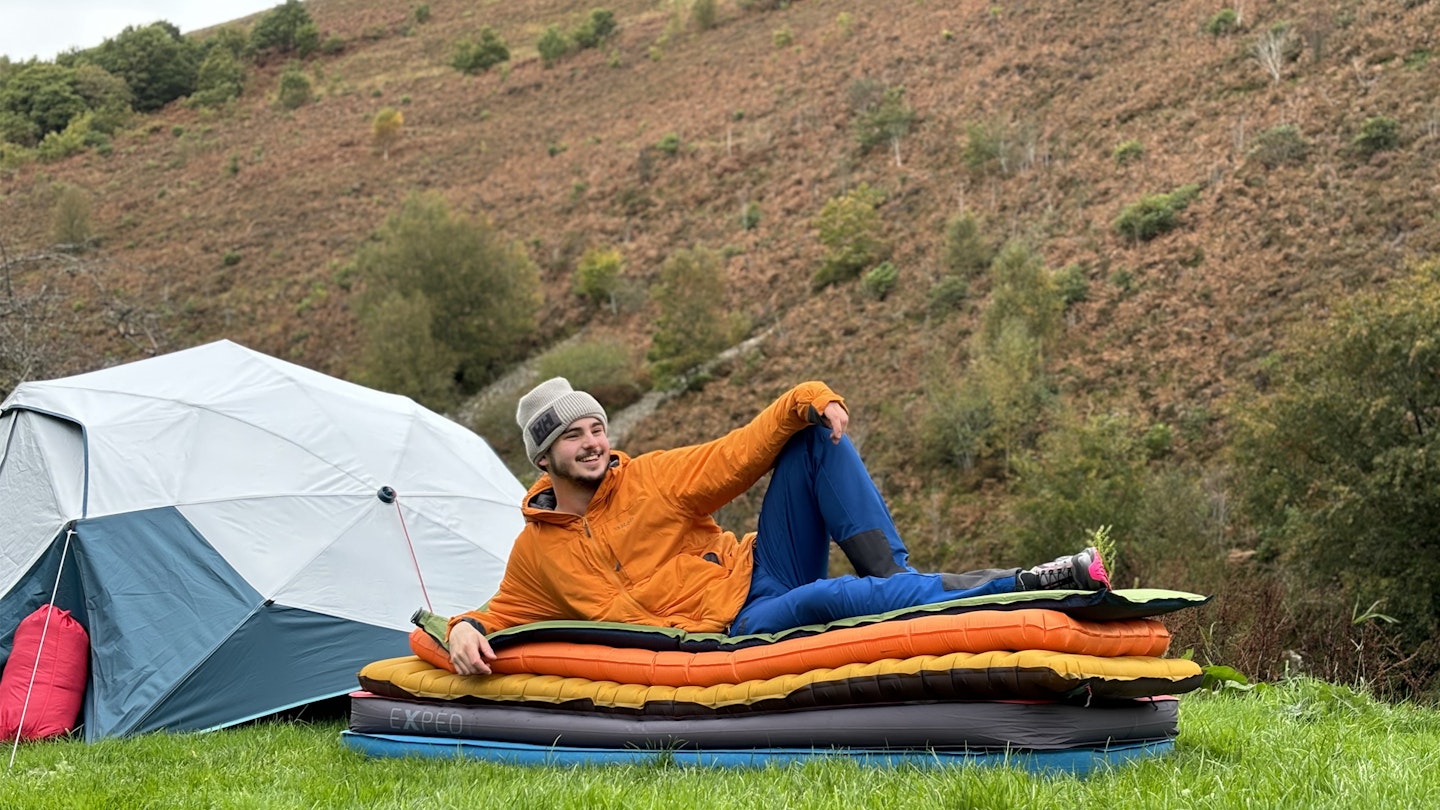
In addition to your sleeping bag, you'll need a sleeping pad, or an air mattress. Sleeping directly on the ground is an absolutely terrible idea, and we're always shocked here at LFTO how many people still do this and wonder why they're so uncomfortable whenever they go camping.
Even a basic foam pad will help insulate you and provide some cushioning, but there's a myriad of different camping mats out there to choose from. If you prefer even more comfort, an air mattress with a pump can make a big difference, as can a collapsible camping cot to keep you elevated from the cold ground.
Don’t forget to bring a pillow, whether it’s a small camping pillow or just a normal pillowcase or even a dry-bag you can stuff with clothes. For more advice on how to stay warm in a tent, click here.
Cooking equipment

One of the highlights of camping is cooking and enjoying meals outdoors. A fire pit is a great focus point for a campsite, and while we love a cook-out of sausages and burgers and grilled aubergines, we always always take a portable gas camping stove with us too.
This is useful as a backup but also allows us to make tea and coffee in the mornings without faffing about with kindling and matches. We love a collapsible kettlefor this reason too, as you don't need to wash it and it takes up very little room.

When it comes to setting up an outdoor kitchen, a large chopping board, a sturdy pan and a good knife are your three essentials. You’ll also need some sort of basic utensil for stirring or flipping food on a grill, plus cutlery, plates and bowls. While you can bring these from home, you're better off with plastic crockery to ensure they don't break if bashed about in a bag a bit. And while we like metal gear that is insulated with a double-wall construction, we prefer not to have metal plates and bowls as they conduct heat too well and can burn fingers.

Make sure you bring enough fuel for the duration of your trip, and double-check you packed that lighter! If you're building a fire, don't rely on wood you find, as often it'll be wet, burning inefficiently with a lot of smoke.
When it comes to food storage, a reliable cool box with ice packs is essential for storing cheese, milk or meat, especially if you’re camping for more than a day. Pack your cool box carefully, layering food with ice-packs to keep everything cold. For cleanup, bin bags are a must for packing out your rubbish and leaving the campsite clean. Lastly, bring biodegradable soap, a sponge, and a dish towel to wash your dishes.
Clothing
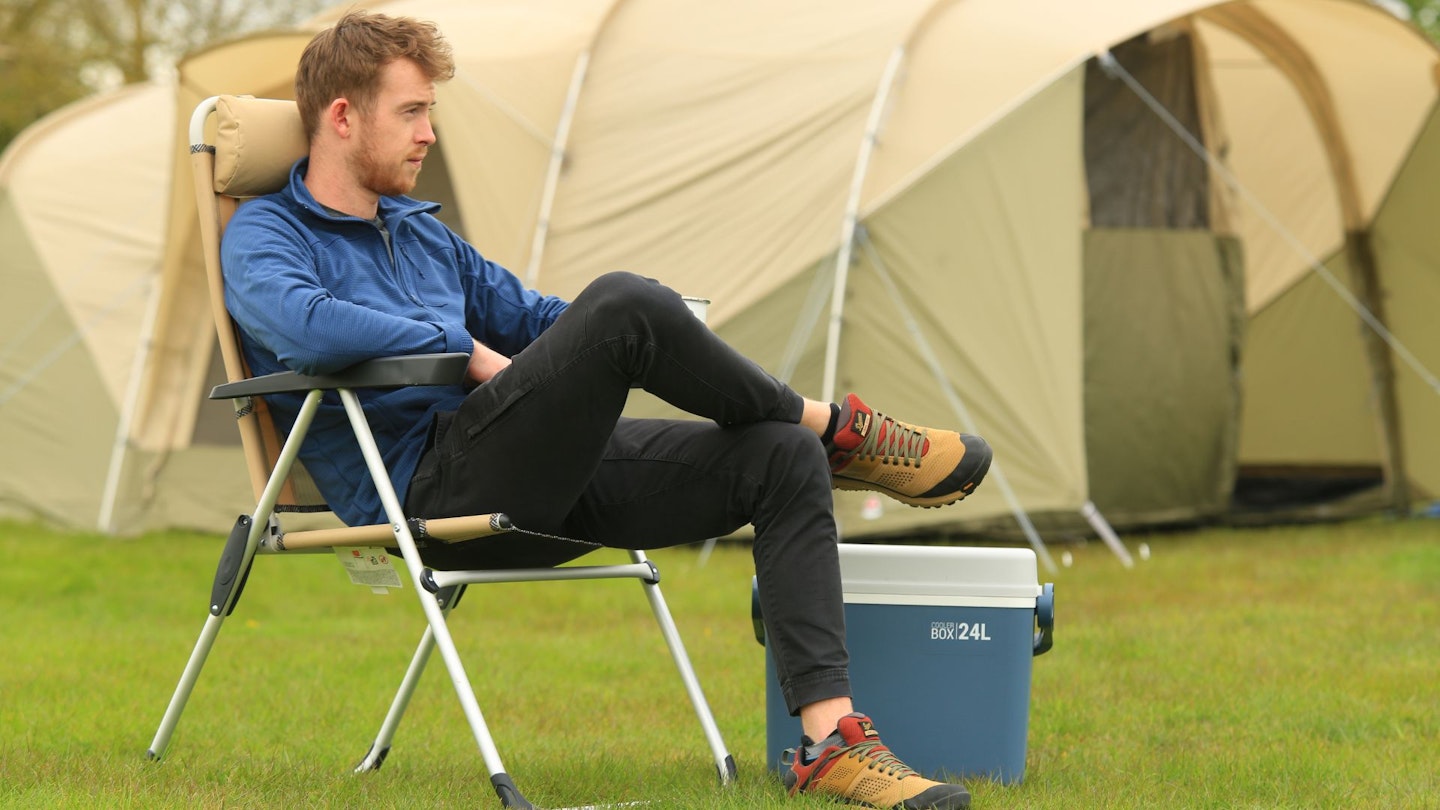
Packing the right clothing can make all the difference in staying comfortable during your camping trip. Layering is key because temperatures can vary significantly from day to night, and you'll want flexibility rather than relying on one big insulating jacket.
Start with lightweight base layers — such as moisture-wicking shirts and pants — that keep you cool during the day and add warmth at night. Next, you'll want an insulating layer like a fleece jacket, plus a good pair of leggings or trousers.
Then for real warmth around a campfire, a dry robe or belay jacket that you can easily slip over your other layers is a great shout. Warm socks are also a must here – and if you know you're a naturally cold person, bringing handwarmers could also be a good idea.
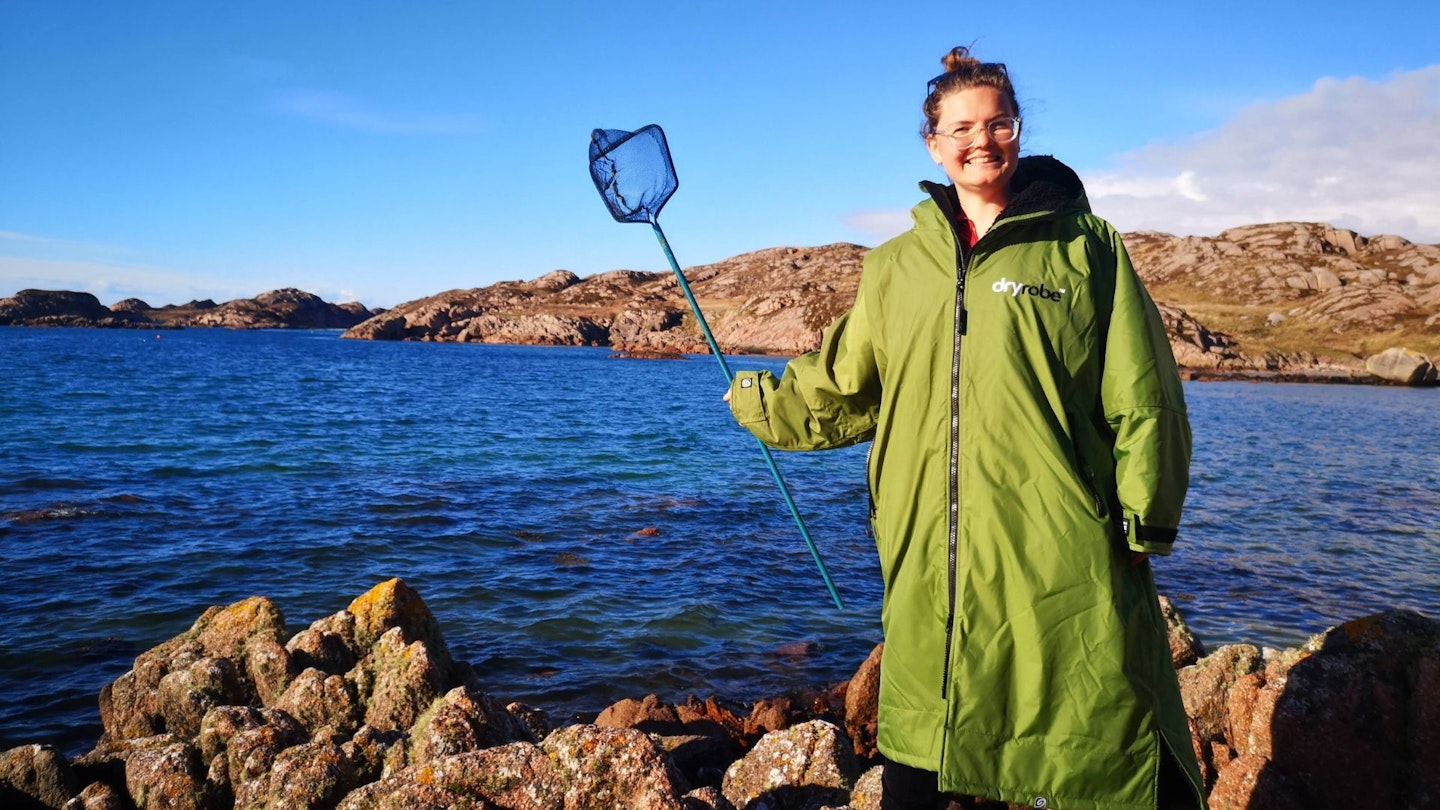
You’ll also need to prepare for potential rain, especially if you're in the UK. A waterproof jacket is essential to keep you dry if the weather changes unexpectedly. When it comes to footwear, make sure to bring comfortable hiking bootsor sturdy shoes that are suitable for walking on uneven terrain. Around the campsite, a pair of lightweight sandals, crocs or camping slippers can be a welcome break from heavier footwear, but if you're camping in the wet, then nothing beats a pair of insulated wellies.
If you're lucky with the weather, however, you'll sun protection. A wide-brimmed hat and sunglasses will shield you from the sun’s rays.
Personal items and toiletries
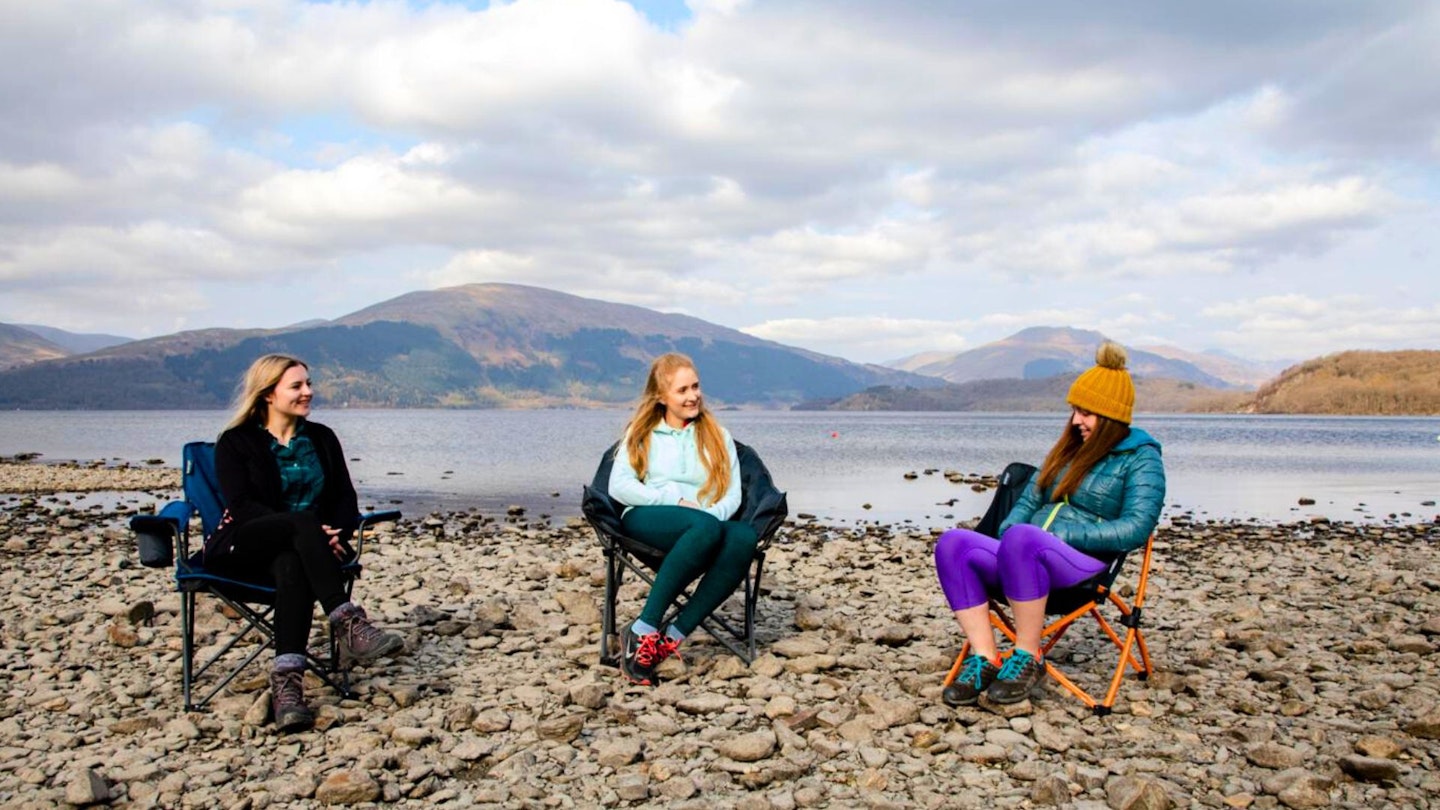
While camping is about getting back to nature, you’ll still want to pack some personal items to stay comfortable and fresh. Pack travel-sized toiletries, including your toothbrush, toothpaste, deodorant, and any other personal care items you regularly use. It's a good idea to bring your own toilet paper, even if your campsite has loos, just in case it runs out, or if you get caught short on a hike during the day.

For quick cleanups, pack wet wipes or hand sanitiser, especially if water isn’t always readily available. A towel is also important, and fast-drying microfibre towels – or a microfibre towel robe for wearing to and from the shower - are perfect for camping since they’re lightweight and compact.
Additionally, a well-stocked first-aid kit is a must-have. It should include essentials like bandages, antiseptic wipes, pain relievers, and any personal medications you may need. Finally, insect repellent and sunscreen are crucial to protect yourself from bugs and the sun, as spending time outdoors increases your exposure to both.
Lighting, navigation and tech

When night falls, you’ll need reliable lighting to move around your campsite safely. A headtorchis a great option because it keeps your hands free, but a standard camping torch will work fine too. Just make sure to pack extra batteries, as you don’t want to be left in the dark halfway through your trip. And don't fall for gimmicks like a built-in torch in a beanie – both hat and torch are often useless in these cases.
In addition to personal lighting, a lantern can be useful for illuminating your entire campsite or the inside of your tent. If you plan on doing any sort of walking, bring a map and compass and a GPS device (or OS maps downloaded onto your phone).
Even on shorter walks, it’s easy to lose your way, so these navigation tools will help ensure you stay on the right path. Bringing a portable charger for your devices is useful too - you're getting away from it all but you still want to stay safe.
Safety and miscellaneous Items

Finally, pack a few extra items that will come in handy for various tasks during your camping trip. A multi-tool or knife is one of the most useful items to have with you, especially if it has a built-in corkscrew for wine bottles, or a bottle opener for beers. Speaking of hydration, don't forget to bring water bottles or a hydration system for the trail, plus a water container if your campsite tap is miles away.
If you’re wild camping in an area without direct access to a safe supply of clean water, pack a water filter or purification tablets. A length of rope or a few bungee cords can be helpful for hanging wet clothes, securing tents, or tying down gear. Lastly, to keep yourself entertained, bring a book, a deck of cards, or a few outdoor games to enjoy with your pals.
Camping checklist
-
Tent and groundsheet
-
Sleeping bag
-
Roll mat/inflatable air bed
-
Warm base layers
-
Insulating fleece
-
Large insulating jacket or dry robe
-
Waterproof layers
-
Warm hat, gloves and socks
-
Sun hat
-
Wellies, sandals, crocs or other camp shoes
-
Towel
-
Wash-kit
-
Toilet roll
-
Chair or picnic blanket (optional)
-
Camping table (optional)
-
Camp stove and fuel
-
Firepit and logs (optional)
-
Matches/lighter
-
Pan with heatproof handle
-
Kettle for hot drinks (optional)
-
Knife
-
Cooking utensils
-
Cutlery
-
Crockery
-
Dish sponge
-
Washing up liquid
-
Tea towel
-
Cool box
-
First aid kit
-
Headtorch and spare batteries
-
Water bottle
-
Portable charger
-
Bug spray
-
Suncream
-
Book/cards/magazine
-
Friends!
About the author
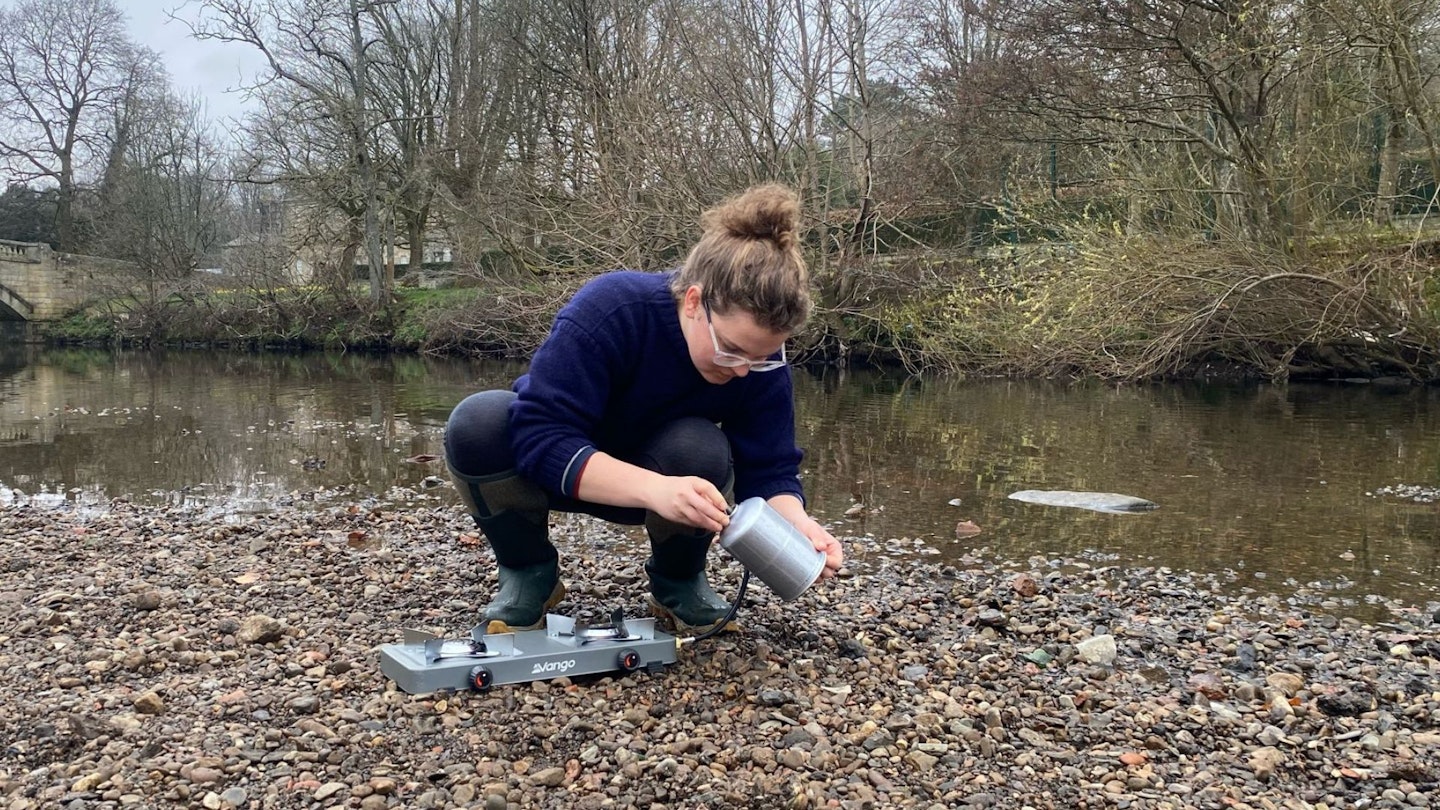
Fliss Freeborn is a writer for LFTO and has been camping, wild or otherwise, since she was 5 years old. She reckons she's spent well over 500 nights under canvas. A purveyor of packable comfort, Fliss won't be seen anywhere camping in her native Scotland without her wellies, a good blanket and her trusty camping stove.
